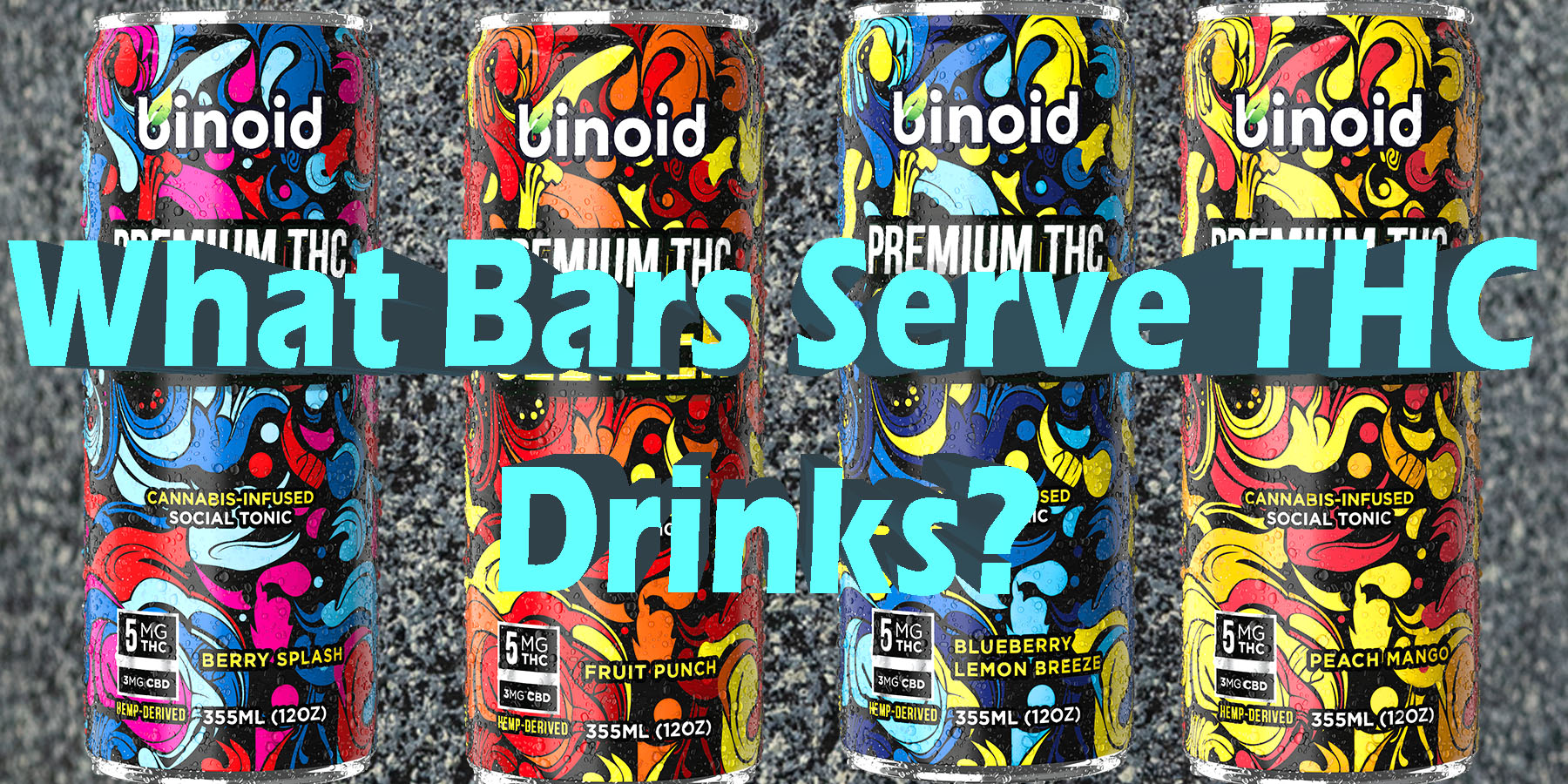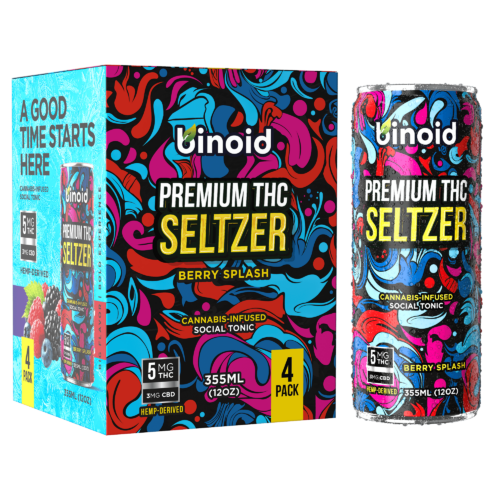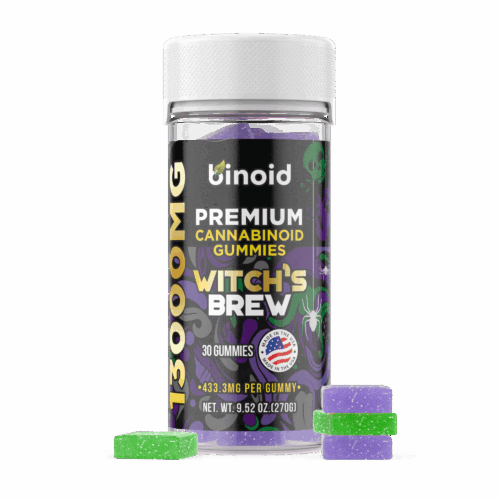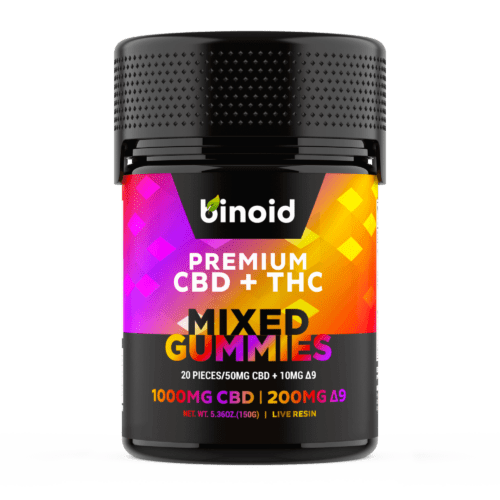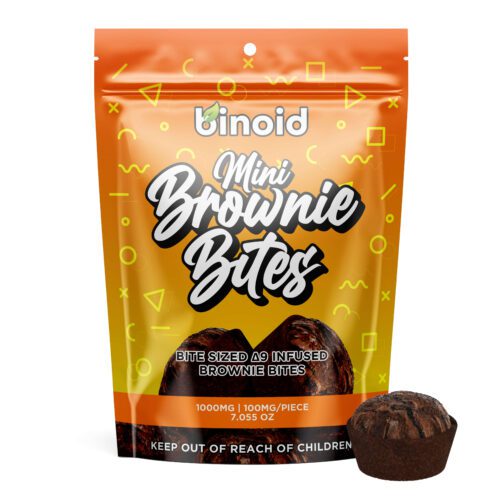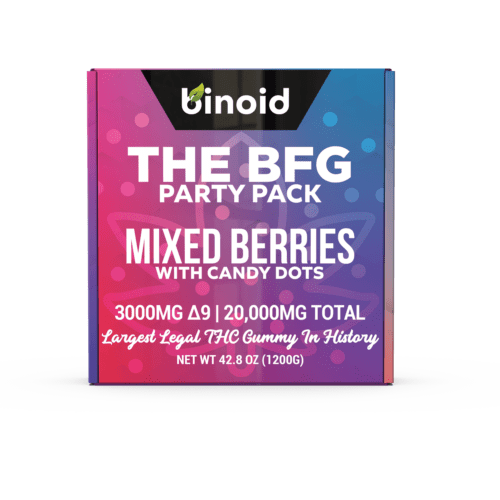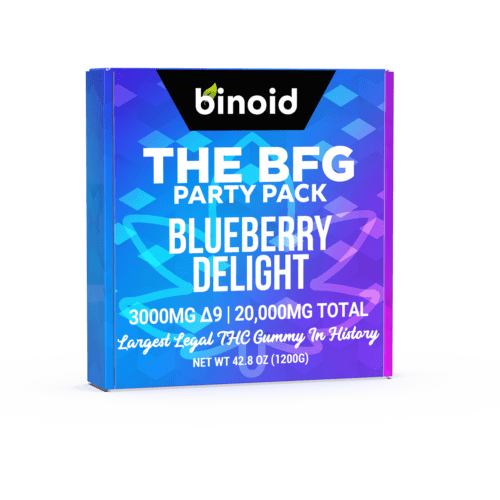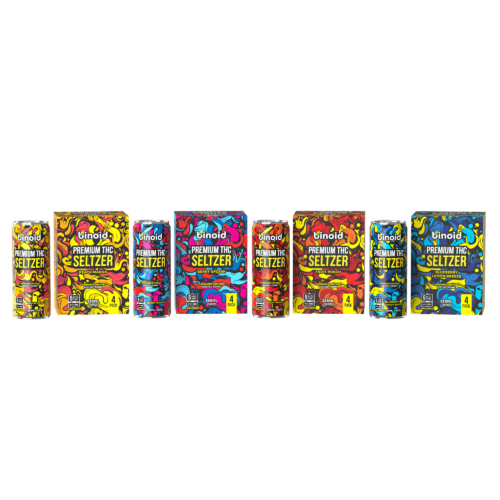The familiar scene of a dimly lit bar, the clinking of glasses, the murmur of conversations – for generations, this has been the backdrop of our social lives, almost invariably fueled by alcohol. It’s a ritual as old as civilization itself. But what if the contents of those glasses were evolving? What if the familiar buzz could be achieved without the principal ingredient we’ve always known? A quiet revolution is stirring in the heart of the hospitality industry; a shift that’s seeing traditional watering holes and innovative new spaces alike embrace a different kind of social tonic. The era of the THC-infused beverage has dawned, and it’s changing the very definition of a night out.
This is not a fringe movement relegated to the shadows. From chic cocktail lounges in Nashville to bustling breweries in Chicago and dedicated cannabis cafes in West Hollywood, bars are beginning to offer menus that extend beyond beer, wine, and spirits. They are pouring vibrant, complex, and artfully crafted drinks infused with Tetrahydrocannabinol, or THC, the principal psychoactive compound in cannabis. These beverages promise a novel experience—a gentle lift, a state of blissful relaxation, or a wave of lighthearted euphoria—all served up in a familiar, social setting. The question is no longer if you can find a THC drink at a bar, but rather where to look and what to expect from this burgeoning new world of liquid cannabis.
To Buy THC Drinks Click Here
Recommended products
The Shifting Tides of Social Lubrication
At the heart of this transformation is a profound cultural shift. The monolithic reign of alcohol as the default social lubricant is facing its first real challenge in centuries. A growing wave of individuals, particularly from the Millennial and Gen Z generations, are becoming “sober curious”. This isn’t necessarily about complete abstinence, but rather a more mindful and intentional approach to consumption. The reasons are multifaceted, spanning a greater awareness of mental and physical wellness, a desire to avoid the dreaded next-day hangover, and a simple curiosity for new experiences.
For many, the appeal of alcohol was never about the taste of fermented grapes or distilled grains; it was about the effect. It was about easing into a social situation, shedding the layers of the workday, and connecting with others on a more relaxed level. THC beverages step directly into this functional role, offering a compelling alternative. They provide a pathway to a “chilled out” state without the physiological downsides associated with alcohol. Imagine a social evening that leaves you feeling refreshed and clear-headed in the morning, a gathering where the conversations flow freely, buoyed by a shared sense of lightheartedness rather than escalating intoxication.
This is the promise that is drawing consumers in droves and catching the keen eye of the hospitality industry. Bar owners, restaurateurs, and beverage directors are recognizing that catering to this evolving consumer preference is not just good service; it’s smart business. By expanding their menus to include THC-infused options, they are creating a more inclusive environment where everyone, regardless of their relationship with alcohol, can partake in the ritual of sharing a drink. It’s a recognition that the future of social beverages is not about a single choice, but a spectrum of experiences, and THC is rapidly becoming a vibrant color on that palette. The market is responding with explosive growth. Projections see the cannabis-infused drinks market, valued at a mere $400 million in 2022, skyrocketing to an astonishing $8.8 billion by 2032. This isn’t a fad; it’s a fundamental reshaping of the adult beverage landscape.
Untangling the Legal Knot: How THC Drinks Arrived on the Menu
The presence of a THC-infused cocktail on a bar menu in a state where recreational cannabis isn’t fully legal can be perplexing. The answer to this seeming contradiction lies in the fine print of federal agricultural law, specifically the 2018 Agricultural Improvement Act, more commonly known as the Farm Bill. This landmark piece of legislation federally legalized the cultivation of industrial hemp, defining it as the Cannabis sativa L. plant with a Delta-9 THC concentration of no more than 0.3% on a dry weight basis.
This seemingly small distinction created a massive opportunity. The law effectively separated hemp from its more potent cousin, marijuana, in the eyes of the federal government. Innovators in the beverage space quickly realized that while the concentration of Delta-9 THC was capped at 0.3%, the law didn’t specify a limit on the total amount of THC in a finished product. This allows a 12-ounce seltzer, for example, to contain a noticeable 5 or 10 milligrams of hemp-derived delta-9 THC while still remaining below the 0.3% by-dry-weight threshold. It’s a legal framework that has been described as a “gray area,” but one that has allowed for the creation of a thriving national market for these products.
However, federal law is only one piece of the puzzle. The United States operates under a complex tapestry of state-level regulations, and the approach to hemp-derived THC beverages is anything but uniform. This has created a patchwork of legality that can be confusing for both businesses and consumers. Let’s break it down further for a moment:
Permissive States: Some states have actively created a legal pathway for these beverages, establishing clear regulations for businesses and consumers. Minnesota is the leading example; its 2022 law explicitly allows for the sale of low-dose, hemp-derived THC beverages in liquor stores and bars, complete with rules for testing, labeling, and potency (typically 5mg of THC per serving). Following this model, states like Connecticut, Louisiana, and Rhode Island have also established regulatory frameworks that permit and oversee the sale of these drinks, creating stable and predictable markets where the industry can innovate and grow responsibly. Tennessee, likewise, has passed legislation that regulates hemp-derived products, allowing for a legal market to flourish under specific guidelines.
Restrictive States: On the other end of the spectrum, many states have moved to aggressively close the Farm Bill loophole. Idaho maintains one of the strictest stances, prohibiting all forms of THC products. Other states have passed laws that, while not a total ban, make selling intoxicating beverages nearly impossible. Arkansas, for instance, has imposed a limit of just 1 milligram of THC per container, while Montana set the cap at 2 milligrams per package, effectively eliminating most products that offer a noticeable buzz. In a move to protect its licensed cannabis industry, California’s regulators took action to outlaw hemp-derived THC products that were appearing in liquor stores, creating a situation of regulatory whiplash and clearly drawing a line between the state’s legal marijuana market and the federal hemp market.
The In-Between: A significant number of states exist in a nebulous middle ground. In these places, there are no specific laws explicitly allowing or banning hemp-derived THC beverages, which forces businesses to operate directly under their interpretation of the 2018 Farm Bill. States like Wisconsin, Wyoming, Florida, and North Carolina have active markets for THC drinks that exist within this gray area. This creates a precarious situation where businesses can thrive, but they lack long-term regulatory certainty and operate under the constant risk of a sudden legislative or administrative crackdown. Texas represents the ultimate “in-between” battleground, boasting one of the nation’s largest and most vibrant hemp-product markets while simultaneously facing persistent and powerful legislative efforts to ban these products entirely. This creates a dynamic but unstable environment for retailers and consumers alike.
It’s also crucial to distinguish between hemp-derived THC and marijuana-derived THC. While chemically the same molecule, their legal pathways to the consumer are vastly different. Marijuana-derived THC products can only be sold in states with legal adult-use or medical marijuana programs and only through licensed dispensaries. Hemp-derived THC products, thanks to the Farm Bill, can often be found in more conventional retail settings like liquor stores, bars, and even grocery stores in certain jurisdictions. This distinction is key to understanding how a bar in a state without legal recreational marijuana can offer a THC-infused drink.
The U.S. Food and Drug Administration (FDA) has maintained that it is currently unlawful to add THC to conventional food and beverages. However, the agency’s enforcement has been limited, primarily focused on products making unsubstantiated health claims or those marketed toward children. This lack of aggressive federal enforcement has left the door open for states to create their own rules, resulting in the dynamic and ever-evolving market we see today.
Recommended products
The Venues: Where to Find Your Bliss
As the legal landscape continues to evolve, a new breed of social space is emerging, and traditional establishments are adapting to meet the new demand. The places where one can enjoy a THC-infused beverage are becoming increasingly diverse, ranging from dedicated lounges designed for the cannabis connoisseur to the familiar neighborhood bar.
The Rise of the Cannabis Consumption Lounge
For those seeking an experience centered entirely around the plant, the consumption lounge is the ultimate destination. These are spaces specifically designed and licensed for the on-site consumption of cannabis products, offering a legal and safe environment that moves consumption out of private homes and into the social sphere. The atmosphere in these lounges varies as much as in traditional bars, from sleek and sophisticated to laid-back and artistic.
In pioneering states like California, you can find full-service cannabis cafes that function much like a high-end restaurant. Imagine being seated not just with a food and wine menu, but with a third, carefully curated cannabis menu. Here, knowledgeable guides, akin to sommeliers, walk you through the offerings. They might suggest a specific pre-roll to pair with your appetizer or recommend a THC-infused beverage that complements the flavor profile of your main course. The entire experience is integrated, designed to be a holistic sensory journey that elevates both the meal and the cannabis.
In other destinations, particularly those catering to tourism like Las Vegas, the model can be even grander. Picture a massive, modern dispensary attached to a sleek tasting room. After Browse an enormous selection of THC drinks products, you can step into an adjacent lounge area to sample your purchases. It’s a “try before you buy” concept on a grand scale, allowing you to experience the effects of a particular beverage in a comfortable, purpose-built social setting before committing to taking it home.
A third style of lounge, often found in states newer to the concept like Illinois, operates on a “Bring Your Own Cannabis” (BYOC) model. These venues provide the social infrastructure—the comfortable seating, the music, the community—but not the cannabis itself. They are casual, community-focused hubs where patrons can bring products purchased from a licensed dispensary and enjoy them with friends, fostering a relaxed and communal atmosphere without the commercial pressure of a bar.
Recommended products
When Your Local Bar Becomes Greener
Perhaps the most significant sign of the mainstreaming of THC drinks is their appearance on the menus of conventional bars, restaurants, and breweries. This integration is happening organically, driven by demand from patrons seeking alcohol-free alternatives that still offer a social buzz.
In cities with vibrant culinary scenes, you’ll find high-end cocktail bars applying their craft to this new category. Elite mixologists are embracing non-alcoholic, cannabis-infused aperitifs, spirits, and syrups as new tools in their creative arsenal. On the menu at such a place, you might find an artfully constructed THC Paloma, where a cannabis spirit with bright citrus notes is expertly mixed with fresh grapefruit, lime, and soda. Or perhaps a THC-infused Piña Colada, using a toasted coconut puree and a cannabis aperitif to create a sophisticated, zero-proof tropical escape. These are not simply pre-packaged drinks; they are demonstrations of true mixology, where the unique flavors of cannabis terpenes are thoughtfully balanced to create a premium beverage experience.
This trend isn’t limited to exclusive cocktail dens. In major metropolitan areas like Chicago, a walk through many neighborhoods will reveal just how deeply this trend has taken root. Neighborhood pubs, bustling gastropubs, and local taprooms are increasingly stocking a selection of canned THC seltzers right alongside their craft beers. This casual integration, often listed on a non-alcoholic or “N/A Buzz” section of the menu, makes the products incredibly accessible. It allows a curious consumer to try a THC beverage in a familiar and comfortable environment, signaling a powerful validation of the trend.
Breweries, in particular, are perfectly positioned to capitalize on this shift. With existing production facilities, established distribution networks, and a built-in audience of consumers who are open to trying new types of adult beverages, many are launching their own lines of THC-infused seltzers. They often approach these new products with the same commitment to quality and flavor that they apply to their craft beers, creating unique and delicious options that allow them to retain customers who are cutting back on alcohol while also attracting a completely new demographic.
Recommended products
What’s in Your Glass? A Guide to THC Beverages
The world of THC-infused drinks is expanding rapidly, offering a diverse array of flavors, potencies, and experiences. Understanding the different types of beverages available is key to navigating this new landscape and finding the perfect drink for any occasion.
Seltzers, Sodas, and Sparkling Waters
By far the most common and accessible category, THC-infused seltzers are the gateway for many new consumers. They are typically low in calories and sugar, come in a wide variety of fruit flavors, and are sold in familiar 12-ounce cans. The appeal is their simplicity and approachability. The dosages are usually clearly marked, making it easy to control the experience.
Common Dosages: Most seltzers on the market fall into the 2.5mg to 10mg range of THC per serving:
2.5mg (“The Microdose”): This is often considered a “sessionable” dose, perfect for social situations where you want a very mild, gentle lift without any significant psychoactive effects. It allows you to have multiple drinks over an evening, much like you would with light beer.
5mg (“The Social Buzz”): This is perhaps the most popular dose. It typically produces a noticeable but manageable feeling of euphoria and relaxation—enough to feel “the buzz” but not so much that it becomes overwhelming. It’s ideal for a casual get-together or a relaxed night out.
10mg and Up (“The Deep Chill”): These higher doses are geared towards more experienced cannabis users or for occasions when a more profound state of relaxation is desired. For newcomers, these are best approached with caution.
Crafted Cocktails and Mocktails
This is where the true artistry of the modern bartender shines, moving far beyond simply opening a can. In the world of crafted THC beverages, mixologists are embracing a growing arsenal of infused ingredients to build sophisticated and novel drinking experiences from the ground up. This approach treats cannabis as a complex botanical ingredient, capable of adding depth and character to a drink in the same way as a high-end gin or a bitter amaro. In fact, there are two primary methods that’re defining this creative movement.
Method #1: The Versatility of THC-Infused Syrups
Think of THC-infused syrup as the ultimate customization tool. It’s a simple concept—a standard simple syrup that has been infused with a precise, flavorless concentration of hemp-derived THC. For a bartender, this opens up a world of possibilities. It allows them to take any classic non-alcoholic cocktail base and transform it into a THC-infused experience with exacting control over the final potency.
This method puts the power of personalization into the hands of both the bartender and the guest. A bar can design an entire menu of THC mocktails—perhaps a THC Mule with fiery ginger beer and lime, or a sparkling raspberry spritzer—where the base drink is crafted for flavor first. Then, the THC syrup is added in a measured dose. This often allows a patron to choose their desired level of bliss, whether it’s a gentle 5mg lift or a more pronounced 10mg journey, ensuring a tailored and responsible experience. This technique empowers mixologists to be endlessly creative, knowing they can achieve consistent, predictable effects for their customers.
Method #2: The Rise of Cannabis Aperitifs and Spirits
Moving beyond simple additives, a new category of foundational beverage has emerged: non-alcoholic cannabis spirits and aperitifs. These are not mere ingredients; they are complex, finished products designed to be the sophisticated centerpiece of a cocktail.
These liquids are crafted with the same intentionality as traditional spirits. They often feature intricate blends of botanicals, herbs, and fruit extracts that are specifically chosen to complement the natural aromatic compounds—or terpenes—found in the cannabis plant. One might have bright, citrusy notes of lemon peel and juniper, making it a perfect stand-in for gin. Another might feature warm, bitter notes of orange peel and gentian root, designed to be sipped over ice with a twist, much like a classic European aperitif.
Using these cannabis spirits allows a mixologist to build a drink with deep, layered complexity. The cannabis is no longer just providing an effect; its inherent flavors are an integral part of the cocktail’s profile. The result is a richer, more nuanced drinking experience, offering a genuine alternative for the discerning palate that seeks the ritual and complexity of a fine cocktail, but prefers a wave of euphoria to the effects of alcohol.
Recommended products
The Science of the Sip: Why Drinks are Different
Now, one of the most important things to understand about THC beverages is that they interact with the body differently than traditional edibles like gummies or brownies. The key to this difference lies in a technology called Nanoemulsion.
In simple terms, THC is an oil, and the human body is mostly water. Oil and water don’t mix well, which means that when you consume a traditional edible, the THC has to be processed by your digestive system and liver before it can enter your bloodstream. This is a slow and often inefficient process, which is why edibles can take anywhere from 30 minutes to two hours to kick in, and their effects can be unpredictable.
Nanoemulsion solves this problem by breaking down the THC oil into incredibly tiny, water-soluble particles. These microscopic droplets can be absorbed directly into the bloodstream through the soft tissues of the mouth, throat, and stomach. This has two major benefits:
Faster Onset: Because the THC doesn’t have to go through the full digestive process, the effects of a Nano-emulsified beverage can often be felt in as little as 10 to 20 minutes. This is much closer to the onset time of alcohol, making it easier to gauge the effects and decide if you’re ready for another sip.
Increased Bioavailability: Nanoemulsion makes the THC more readily available to your body. This means you get a more consistent and predictable experience from a given dose. The effects are often described as being “cleaner” or more “clear-headed” than those from traditional edibles.
This scientific innovation is a cornerstone of the modern THC beverage movement. It has transformed cannabis consumption from a waiting game into a real-time, sociable experience, making these drinks a viable and appealing alternative to alcohol in a bar setting.
The Experience: What to Expect When You’re Drinking
Embarking on your first THC beverage experience is an exciting prospect. Knowing what to expect can help ensure it’s a positive and enjoyable one. The sensations can range from a subtle shift in perception to a profound sense of bliss, largely dependent on the dose and your individual tolerance.
Unlike alcohol, which often has a more uniform and predictable progression of effects, the experience of a THC beverage can be more nuanced. Many people report a gentle wave of euphoria that washes over them, a feeling of lightness in both body and mind. Conversations may seem more engaging, music more vibrant, and humor more readily accessible. It can foster a sense of connection and camaraderie that is warm and genuine, a different flavor of social lubrication that encourages presence and engagement.
For many, the most cherished aspect of the THC beverage experience is what it lacks: the negative side effects of alcohol. There’s typically no dehydration, no next-day headache, no feeling of being physically drained. You can enjoy a night of social relaxation and wake up feeling like yourself.
However, responsible consumption is paramount, especially for those new to the category, not just the cardinal rule of start low and go slow, but also:
Know Your Dose: Pay close attention to the milligrams of THC in your drink. If you’re a beginner, starting with a 2.5mg or 5mg beverage is highly recommended. You can always have another one, but you can’t undo one that was too strong.
Give It Time: Even with fast-acting Nanoemulsion technology, it’s wise to wait at least 30 to 45 minutes after finishing your first drink before considering a second. This gives you time to fully assess how you’re feeling and avoid accidentally overdoing it.
Mind Your Setting: As with any psychoactive substance, your environment plays a huge role in your experience. Enjoying your first THC drink in a comfortable, safe, and familiar setting with people you trust is always the best approach.
Hydrate and Eat: Having some food in your stomach and staying hydrated can help create a smoother and more pleasant experience.
By approaching these new beverages with mindfulness and respect, you can unlock a wonderfully new and rewarding way to enhance your social life, one blissful sip at a time.
Recommended products
Challenges and the Road Ahead
Despite the explosive growth and enthusiastic consumer adoption, the path forward for THC beverages is not without its obstacles. The industry is navigating a complex and often uncertain terrain, facing challenges that will require collaboration, education, and responsible stewardship to overcome.
One of the biggest hurdles is the lack of a unified regulatory framework. The state-by-state patchwork of laws creates significant compliance challenges for brands that want to operate nationally. What is perfectly legal in one state might be prohibited just across the border, stifling growth and creating confusion for everyone involved. A clear set of federal guidelines would bring much-needed stability and safety standards to the market.
Consumer safety and education are also paramount. Because these products are so new to the mainstream, many people are unfamiliar with proper dosing. The risk of overconsumption is real, and the responsibility falls on both brands and establishments to provide clear, concise information. This includes prominent labeling of THC content, educational materials at the point of sale, and, most importantly, well-trained staff who can confidently and accurately guide customers through the menu. For bars and restaurants, this represents a new frontier of liability and staff training, navigating the complexities of serving two different kinds of intoxicating substances under one roof.
As the industry matures, it will be crucial to maintain a strong focus on responsible marketing. This means adhering to strict age-gating practices, avoiding imagery that appeals to children, and being transparent about what is—and isn’t—in the can. Building long-term consumer trust depends on a commitment to safety, transparency, and quality above all else.
The Future is Fluid: The Unfolding Revolution of Social Tonics
The rise of the THC-infused beverage is more than just a passing trend; it’s a signal of a fundamental evolution in our social rituals. We are witnessing the birth of a new category of adult beverage, one that offers a sophisticated and compelling alternative to alcohol and speaks directly to a modern desire for wellness, choice, and new experiences. The bars, lounges, and breweries that are embracing this change are not just adding a new product to their lineup; they are becoming pioneers of a more inclusive and dynamic hospitality landscape.
The innovation happening in this space is palpable. From the science of Nanoemulsion that delivers a predictable and pleasant buzz, to the artistry of mixologists crafting complex cannabis cocktails, the industry is brimming with a creative energy that is pushing the boundaries of what a social beverage can be. This is a movement being led by forward-thinking entrepreneurs and discerning consumers who are co-creating the future of how we connect and unwind.
As the legal and cultural tides continue to shift, the presence of THC drinks on bar menus will become increasingly commonplace. The initial novelty will give way to a new normal, where ordering a THC seltzer will be as unremarkable as ordering a craft beer or a glass of wine. This is the unfolding revolution of social tonics—a future where the answer to the question “What bars serve THC drinks?” will be, simply, “Most of them”. The clinking of glasses will sound the same, but the possibilities within them will be infinitely more varied, offering a spectrum of blissful experiences for a new generation of social explorers.

